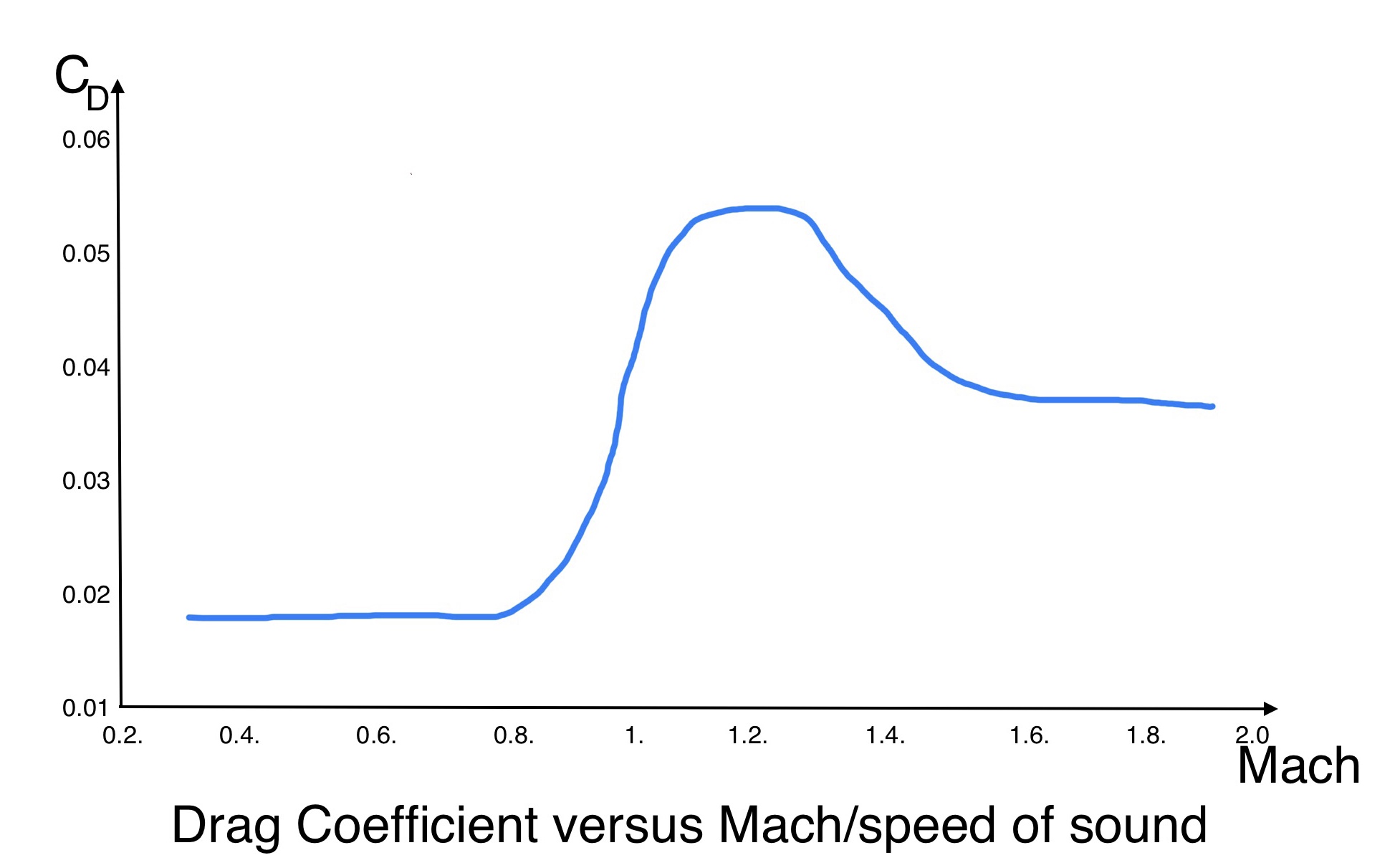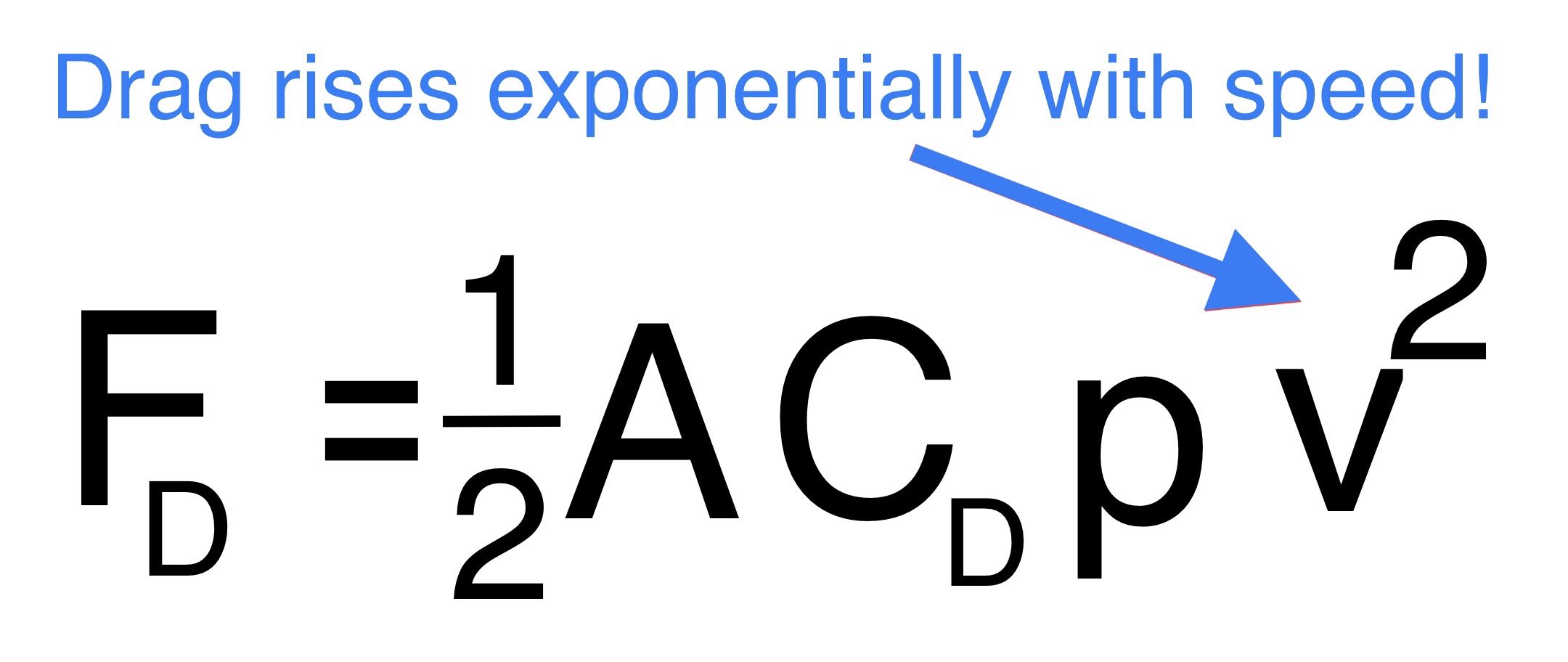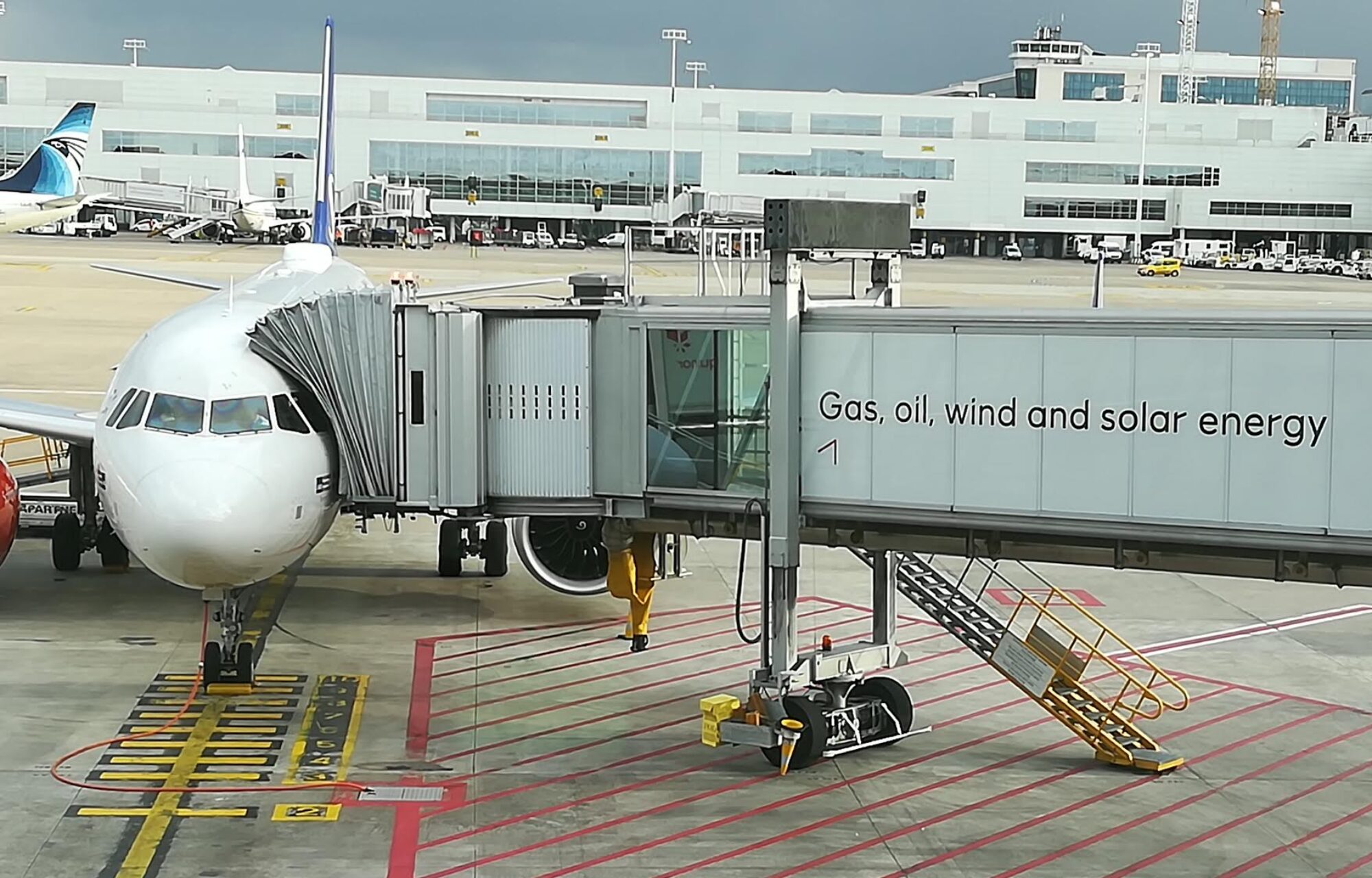Aircraft wings and the battle for efficiency
1. Wing defines aircraft Sturdy, short and swept for speed or delicate, long and straight for efficiency? During the past 70 years, the airliner’s wing geometry hasn’t changed much. Advanced materials allow nowadays light-weighted and delicate designs and all current airliners are optimised for high subsonic speeds, e.g. 900 km/h / M 0.85. Why is this so?
Sturdy, short and swept for speed or delicate, long and straight for efficiency? During the past 70 years, the airliner’s wing geometry hasn’t changed much. Advanced materials allow nowadays light-weighted and delicate designs and all current airliners are optimised for high subsonic speeds, e.g. 900 km/h / M 0.85. Why is this so?
A) Supersonic flight is too costly
Beyond a speed of 85% of the speed of sound (M 0.85), drag coefficient rises so dramatically, that flight becomes too costly.
B) Slower flights are costly too
Slow aircraft make less flights per day, earns an airline less money. Travel is tiresome, customers hate long flights. Fast speeds allow ultra long flights without intermediate stops, see: the worlds longest non-stop flights
C) Airlines bet on low costs for the use of Kerosene
All Airlines asked Boeing and Airbus to build the successors of the ageing 767 and A330 models to fly faster and further betting on low prices for kerosene. This was a decisive prerequisite for the design of the 4-engined A380 and the fast flying twin jets Boeing 787 Dreamliner and Airbus A350XWB.
2. Wings hold the future
In order to become dramatically more fuel efficient, aircrafts will need new wings to fly slower speeds, because:
